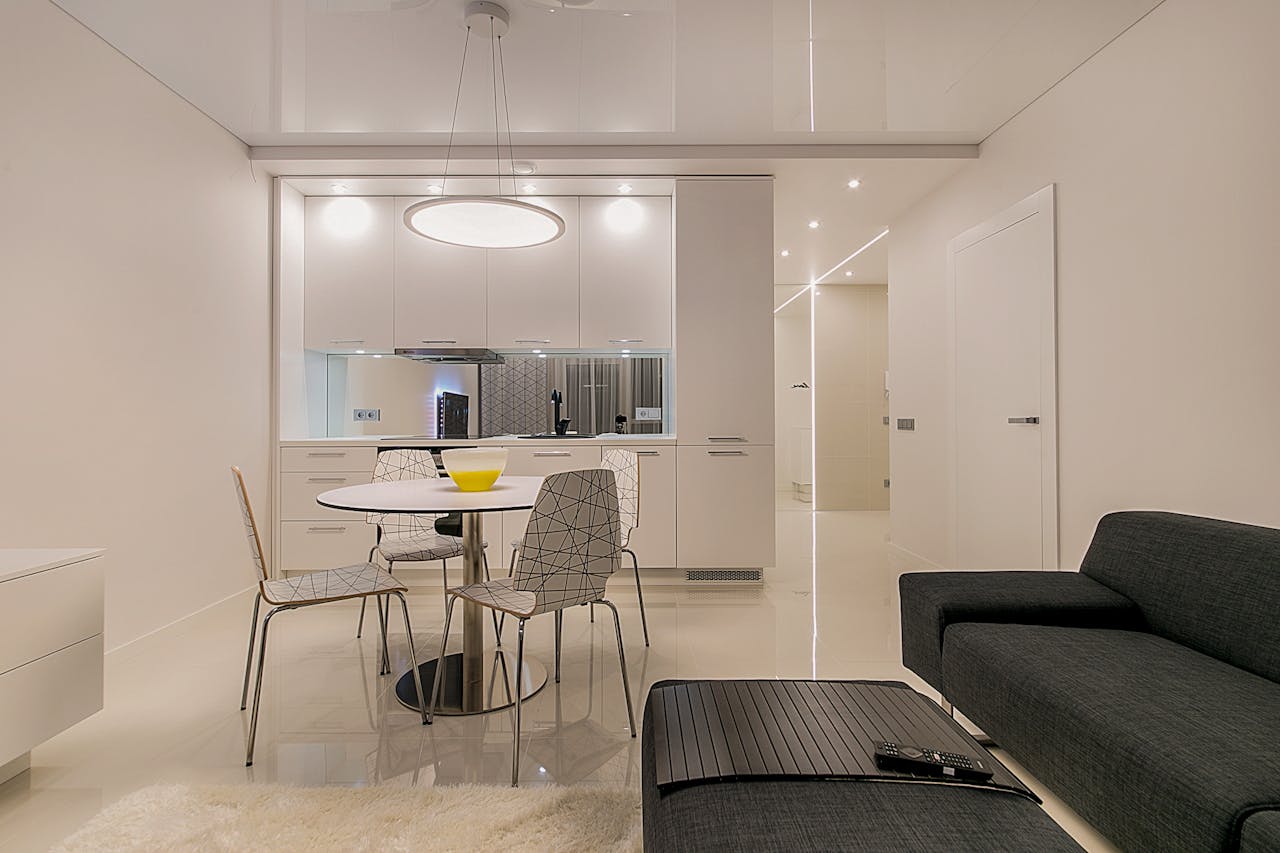7 Factors Shaping 2024 Apartment Costs

Wondering why apartment costs keep on changing? Understanding the factors of influence may help you make a decision—to either rent or buy.
Let's discuss the seven major factors that shape apartment costs in 2024. You'll realize why prices go up and down and what to look at this year.
Supply vs Demand
It's like the backbone of apartment costs: supply and demand. If there are more apartments available than people looking to be supplied with them, prices drop. If more people want apartments than exist, well, then prices rise.
- • High Demand, Low Supply: With populations soaring in cities like Austin, Texas, apartment costs usually rise because there are more people moving than there are apartments to accommodate.
- • Low Demand, High Supply: On the other hand, if a city oversupplies apartments and people aren't moving in so fast, prices may be lowered to accommodate tenants.
- • Tip: Be sure to scan the local news and reports on housing in your area for tracking purposes in supply and demand.
Location, Location, Location
One of the main factors affecting an apartment's price is location. Apartments in busy areas—the heart of downtown or near schools, parks, and public transportation—have more prestige connected to them and hence are pricier.
- • Urban vs. suburban: Prices for rent run a little higher in places situated in urban areas, where everything you may want is within reach, as compared to suburban areas where there might be a much longer drive.
- • Neighborhood Safety: Those neighborhoods that are safe and crime rate is relatively low, normally charge a higher price for apartments compared to those areas where it is high.
- • Tip: Based on your priority, consider what amenities and safety features you need most in choosing an apartment.
Economic Conditions
The economy in general and apartment prices are intertwined. When times are good, people have more money to spend on housing, and thus the prices tend to rise. On the other hand, during tough economic times, prices may stay flat or even drop.
- • Rate of Employment: When employment is high, then more people will be able to afford higher rents.
- • Interest Rates: Low interest rates encourage people to purchase homes, which may reduce demand for rentals, thus quite likely bringing down apartment costs.
- • Tip: Keep an eye on economic news so that you can understand how larger trends in the economy are impacting your rent.
Governmental Policies and Regulations
Governmental actions can have huge impacts on apartment prices. Policies related to zoning, rent control, and housing subsidies all come into play.
- • Rent Control: Landlords cannot increase rents beyond a certain limit in places with rent control policies that keep the price of apartments within reach.
- • Zoning Laws: These are laws regulating land use. More strict zoning laws reduce the number of new apartments, increasing the cost.
- • Tip: Research local policies which might increase your apartment costs. The more you know, the better your chances to move around the rental market.
Construction and Maintenance Costs
This has a direct effect on the cost of apartments, hence the rentals. With improving construction costs, apartment prices go up accordingly.
- • Material Costs: The prices of building materials, like lumber and steel, change, hence could alter just how much it costs to build new apartments.
- • Labor Costs: Construction wages also do their part. Higher labor costs result in a higher general construction cost.
- • Tip: Keep an eye on news regarding construction trends. If you hear that the cost of materials or labor is rising, apartment costs could go up as well.
Technology and Innovation
Technology is changing the way apartments are constructed and run, and this may change prices.
- • Smart Home Features: This apartment costs more because smart home features, such as automated lighting and heating systems, increase value and convenience.
- • Construction Technology: Improvements to the construction process itself, like 3-D printing or modular building, can lower construction costs and, by association, the cost of apartments.
- • Tip: Weigh whether smart-home conveniences are worth a possible rent increase.
Climate Change and Environmental Factors
Interest in climate change and environmental factors has grown significantly in influencing apartment costs.
- • Green Buildings: Apartments made with green material and requiring energy-efficient systems may cost a little more due to the higher up-front cost associated with their construction.
- • Disaster-Prone Areas: Areas prone to natural disasters, such as floods, hurricanes, or wildfires, have higher insurance costs, increasing your rent.
- • Tip: There are benefits of green buildings in the long run. While their rent may be a little high, you will save on utility bills.
Conclusion
Mastering these seven factors will help you navigate the apartment market in 2024. Simply put, it will be supply and demand, location, economic conditions, government policy, construction and maintenance costs, technology, and environmental factors.
You will be able to make wiser decisions on where you want to live by being more knowledgeable and knowing these elements.
Have questions about how these might affect your particular situation? Feel free to ask! Happy apartment hunting!
